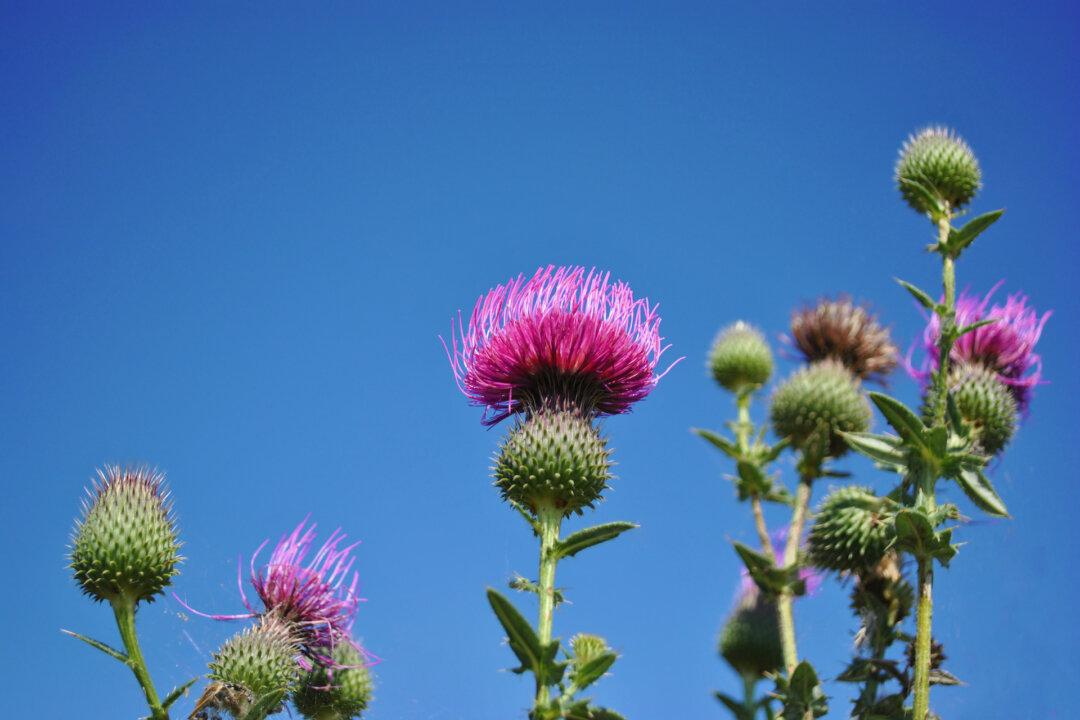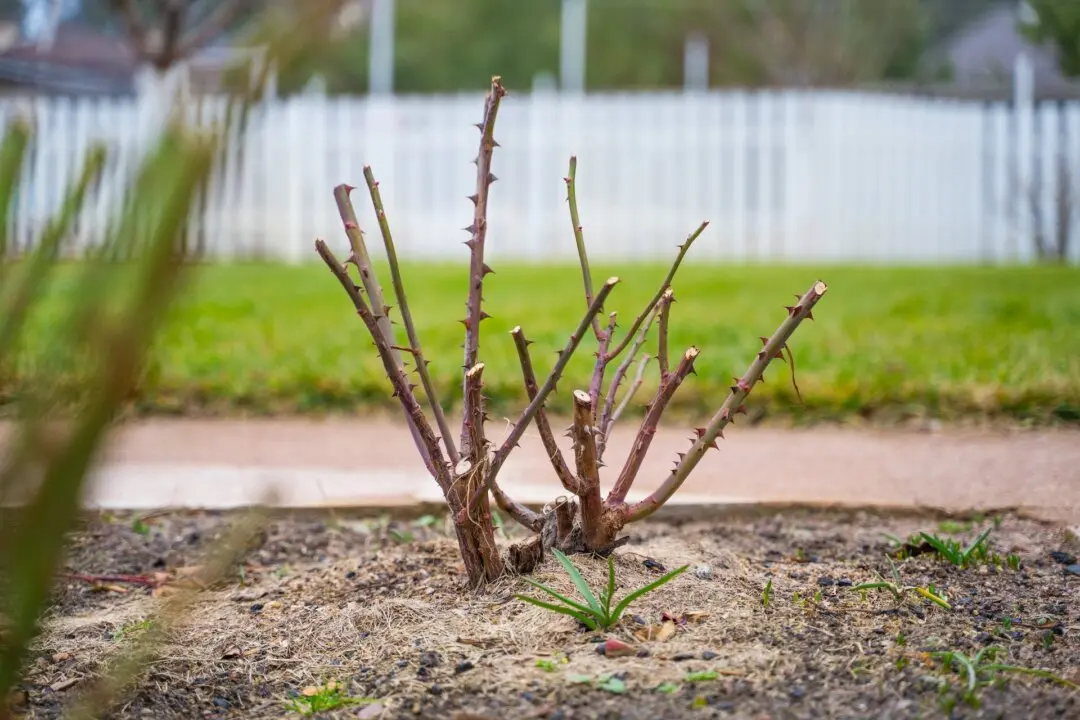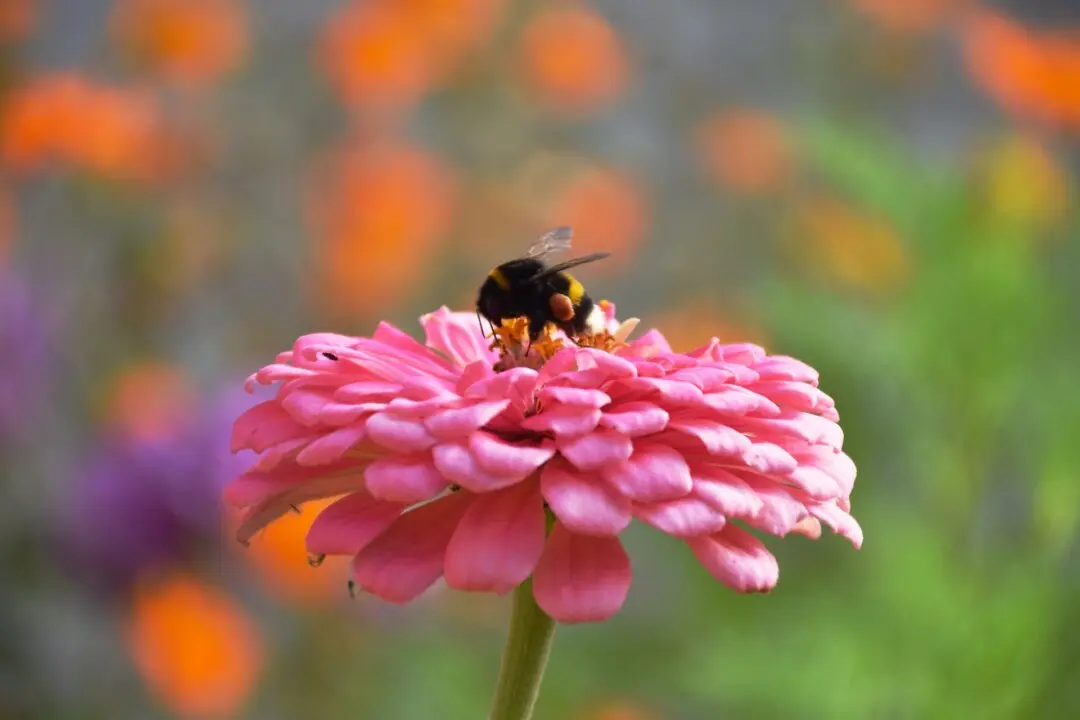Q: I am having a problem with thistles in my flower beds. I can’t seem to get rid of them. What is the best treatment?
A: The key to many weed problems is timing. Most thistles are biennials. This means that during this spring, summer, and fall, new plants will sprout from seeds. A rosette of leaves will grow a taproot to store energy so it can survive over the winter. Next spring and summer, they will send up a flowering stalk that will send out tens of thousands of seeds. The plant will then die.





